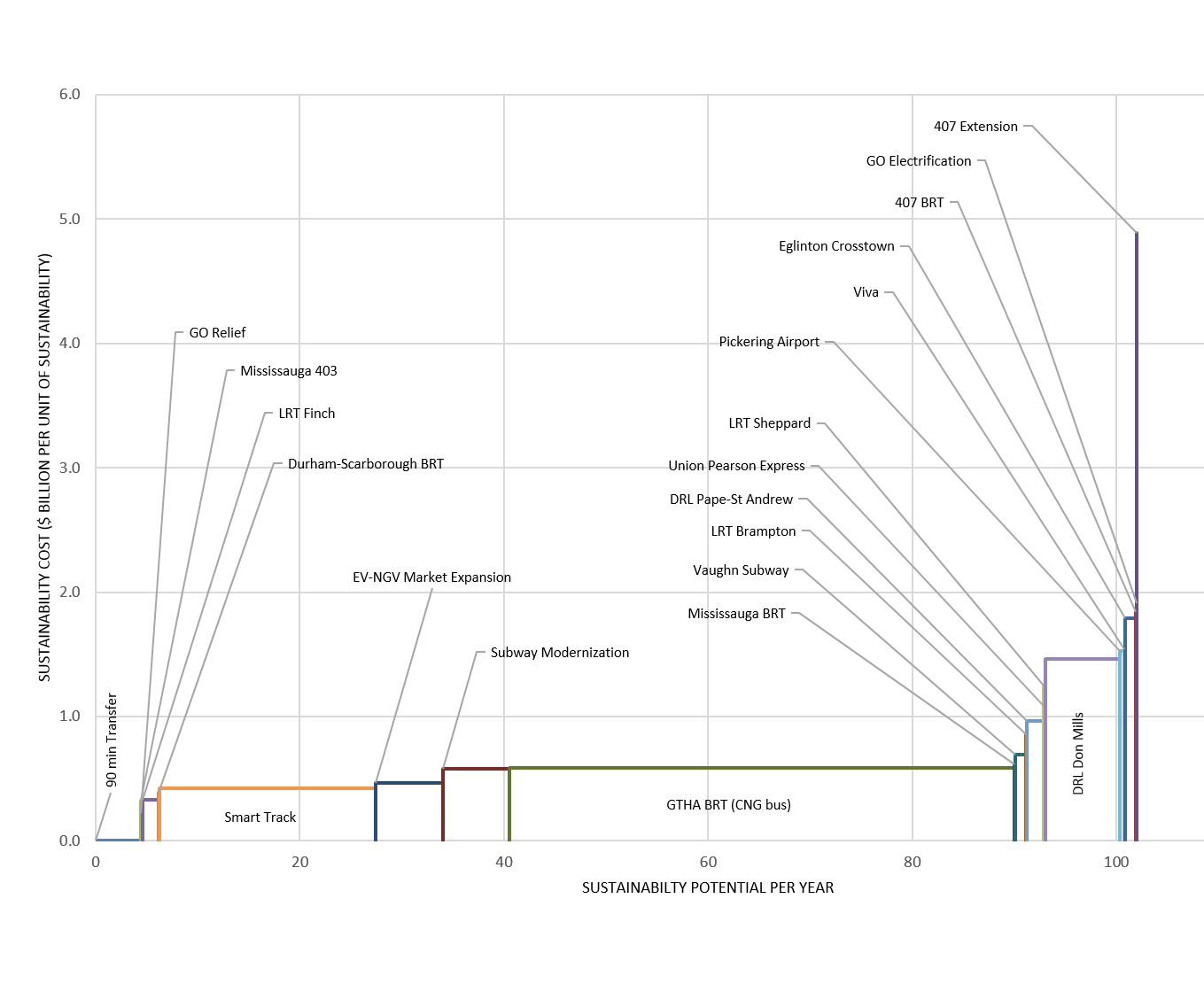Time to get on board
Posted by Daniel Hoornweg on December 13, 2017

Rarely do public policy options come along with such compelling merits as the proposed TTC time-based transfer[1]. If public policies were fruits, this one is beyond ‘low-hanging’; it’s in-hand.
Based on economic, environmental and social benefits, evaluating some 100 infrastructure and policy options in the transportation, energy and basic services sectors of Toronto, as well as the cities of Dakar, Mumbai, Sao Paulo and Shanghai, the time-based transfer option was by far the best.
Time-based transfers are one of those rare initiatives that maximize the benefits of living in a big city. Cities make human interactions possible – the more contacts the better. Having two hours to pick-up your dry cleaning, or buy a magazine, stop by the office to drop off a report, or even have a quick drink or meal. These interactions all help to maximize the benefits of urban density. Interacting with our fellow citizens is also the most powerful way to grow our local economy.
For a relatively low cost, time-based transfers provide large quantifiable economic (grow the local economy and raise land values) and environmental (reduced greenhouse gas emissions) benefits. There are also social benefits such as more gender equity and reduced youth unemployment, although these might be harder to measure. Time-based transfers help change people habits for the better, making city living a little easier on the environment and ourselves.

‘Sustainable Cost Curve’ developed as part of PhD in Civil Engineering, University of Toronto 2015 (D. Hoornweg). Available at https://tspace.library.utoronto.ca/handle/1807/69323.
A 90 minute TTC transfer was evaluated relative to other transportation options – the far-left location on the curve signifies the most sustainability potential for the lowest cost. ‘Sustainability’ defined by 45 bio-physical and socio-economic indicators.
[1] See, City Council debates Toronto Transit Commission time-based transfers. https://www.thestar.com/news/gta/transportation/2017/11/17/time-based-transfers-to-be-debated-as-part-of-2018-ttc-budget.html
Filed under: Sustainability 101